Most people jumping into Overwatch 2 servers on Oct. 4 will be the game’s most avid fans, ready to finally throw down for an extended period of time without the limitations of a closed beta. Thinking in the long term, though, the developers have created an extensive First Time User Experience (FTUE) for players who will hop into the fray after launch.
When this FTUE was initially announced, the Overwatch community predictably got the pitchforks out. New users would have to grind to unlock the game’s heroes and modes over the course of 100 matches; beyond that, new players have to win 50 quick play matches to enter competitive mode.
To those who have played Overwatch extensively before, the FTUE sounded brutal. The amount of time required to unlock heroes sounded ridiculous and new users would be turned off from the experience, bailing as soon as an obstacle was placed in their path.
It sounded bad. But take it from one former hater of the FTUE to (hopefully) another: The program is actually incredibly beneficial and may even encourage new players to stick around.
Entering the FTUE tutorial mode
For full disclosure, media outlets were given access to a new Overwatch 2 account that will be wiped on launch day so we could access the FTUE.
Upon logging into the game for the first time, you’re presented with the basic menu screen and directed to the practice range for the tutorial, as is the standard for nearly every game in existence.
Once you enter the practice range as Soldier: 76, the default hero for the Overwatch tutorial since forever, the actual learning begins. Instead of immediately being thrown into the range to shoot at things, players are directed to listen to Athena, Overwatch’s friendly AI system.
Athena then takes you through the process of selecting different heroes and reading about their abilities using the Hero Details button. Yes, the FTUE is making you read a few things before you shoot a single bullet. More players could use this direction, new or not.

The game’s AI explains the roles that specific heroes have within the game, which is incredibly helpful to new players who may be overwhelmed by the options. After selecting a hero, you then have to eliminate ten robots in the practice range and can move on to other activities.
This tutorial mode is better than the base game because, to be brutally honest, it doesn’t suck. Overwatch’s tutorial mode had you doing laps as Soldier: 76 and provided little information that would help you navigate the deep waters of the game. This new version gives a solid “too long, didn’t read” description of Overwatch 2 that will actually prepare players for what comes next.
What heroes are locked in the FTUE?
Let’s get the part that the internet has been clutching its pearls over: locked heroes.
In the FTUE, new players are limited to 13 heroes of the game’s 35. While this initially sounds like an awful way to start the game, the available heroes offer a functionally helpful “starter version” of Overwatch 2’s extensive roster.
Reinhardt, Orisa, Winston, and Zarya are available in the tank category, which covers all the basics of shields and making space. Moira, Mercy, and Lúcio are unlocked in support; these heroes focus less on aim and more on keeping allies alive, which is what new players need to learn.
In the damage category, hitscan standbys like Soldier: 76, Tracer, and Widowmaker are unlocked to show players the differences between close-range, mid-range, and long-range damage. Pharah (for aerial training), Reaper (for abilities and flanking), and Torbjörn (for fun and turret building) are also available.
When you first hear that only 13 heroes are available, it sounds like new players are being offered only a scrap of Overwatch. But when you look at the exact heroes available for new players to mess around with, the selection makes sense in a long-term way. If you build your talents on Winston, for example, you’ll be better equipped to dive into battle as Doomfist or Wrecking Ball. Learning the basics of sniper combat on Widowmaker leads directly into Hanzo or Ashe play.
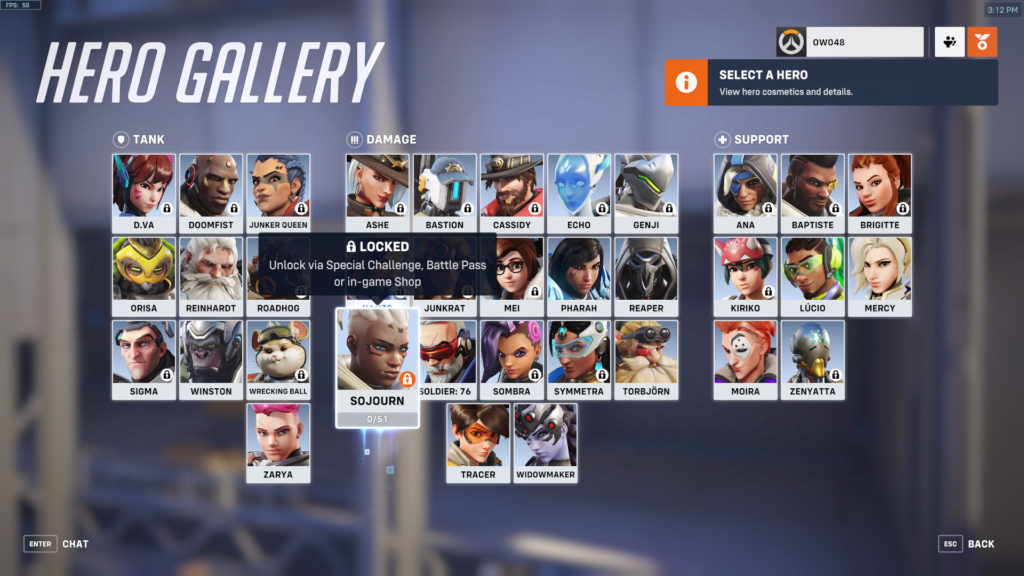
The rest of the heroes are unlockable through “hero challenges.” Due to the low amount of players around during early access, Dot Esports was unable to get to the next FTUE step, which was playing five quick play games or games vs. AI. But we assume these hero challenges require certain parameters to be cleared with the existing heroes, which will happen naturally as you progress through the FTUE cycle.
The only outliers are Junker Queen, Sojourn, and Kiriko; when hovered over, the text says these heroes can be unlocked through a “special challenge,” but they can also be purchased on the battle pass or in-game shop. Capitalism does offer a fast route on the newer heroes, so be it.
Why the FTUE isn’t as awful as originally expected
To any established Overwatch player, grinding to unlock heroes sounds the antithesis of a game based around its cast of diverse heroes with vastly different abilities. Why shouldn’t new players also have access to that buffet of choices?
It’s due to the number of choices available in Overwatch 2 that the FTUE system works. Current players find this concept ridiculous because we’re already familiar with 34 (soon to be 35) heroes and all of their abilities, counters, and intricacies. Imagine, though, if you couldn’t tell Junker Queen apart from Junkrat and were suddenly handed every option in a full lobby with established, bossy, or toxic players.
As someone who’s tried to jump into complex games and found them too overwhelming to continue—looking at you, Dota 2—this reduction in choice will likely simplify the process for players who are overwhelmed by the cast of Overwatch 2. In addition, new players will be motivated to complete little challenges to unlock heroes and modes.
Instead of being thrown into the deep end to figure things out for themselves—like many of us were in the early days of Overwatch—new players in the FTUE get a clear set of milestones to progress through the game. While it won’t entice existing players to grind through an alternate account any time soon, the FTUE does provide a less overwhelming introduction to the world of Overwatch.


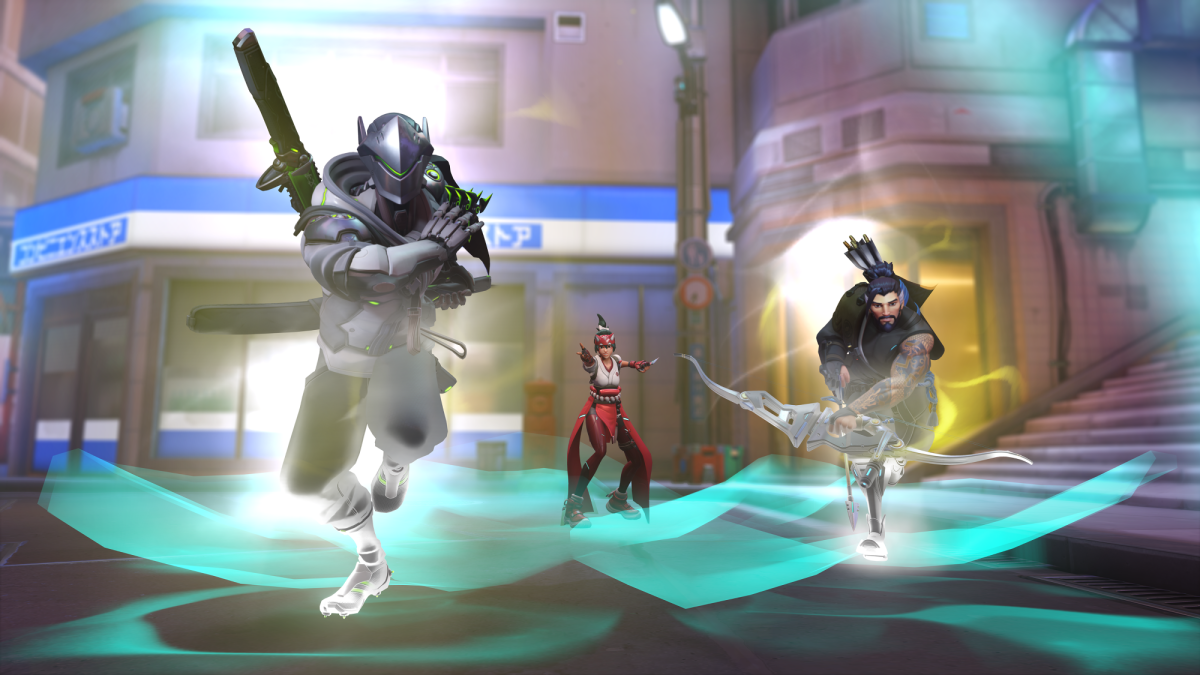
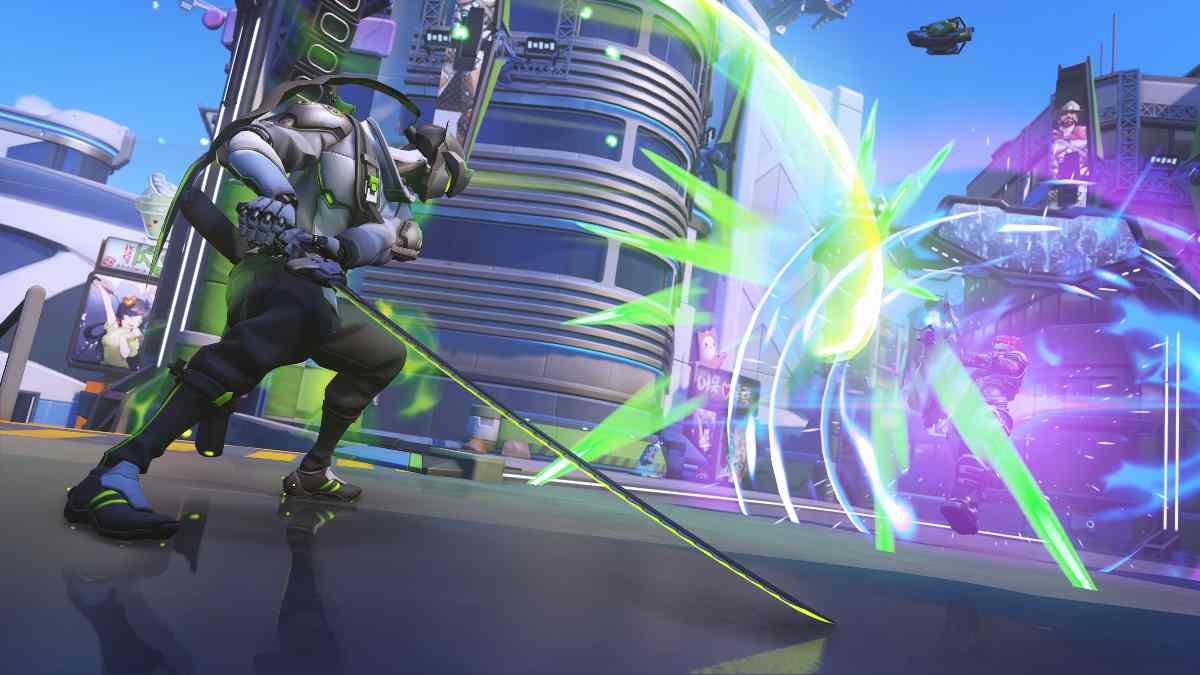
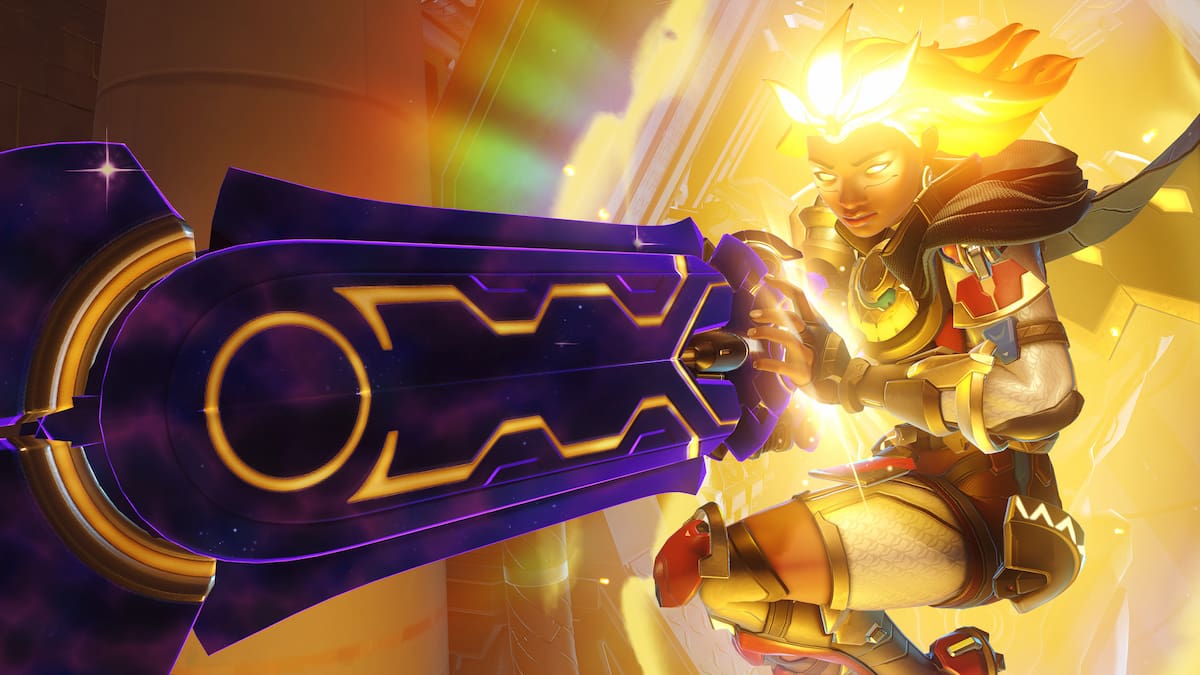
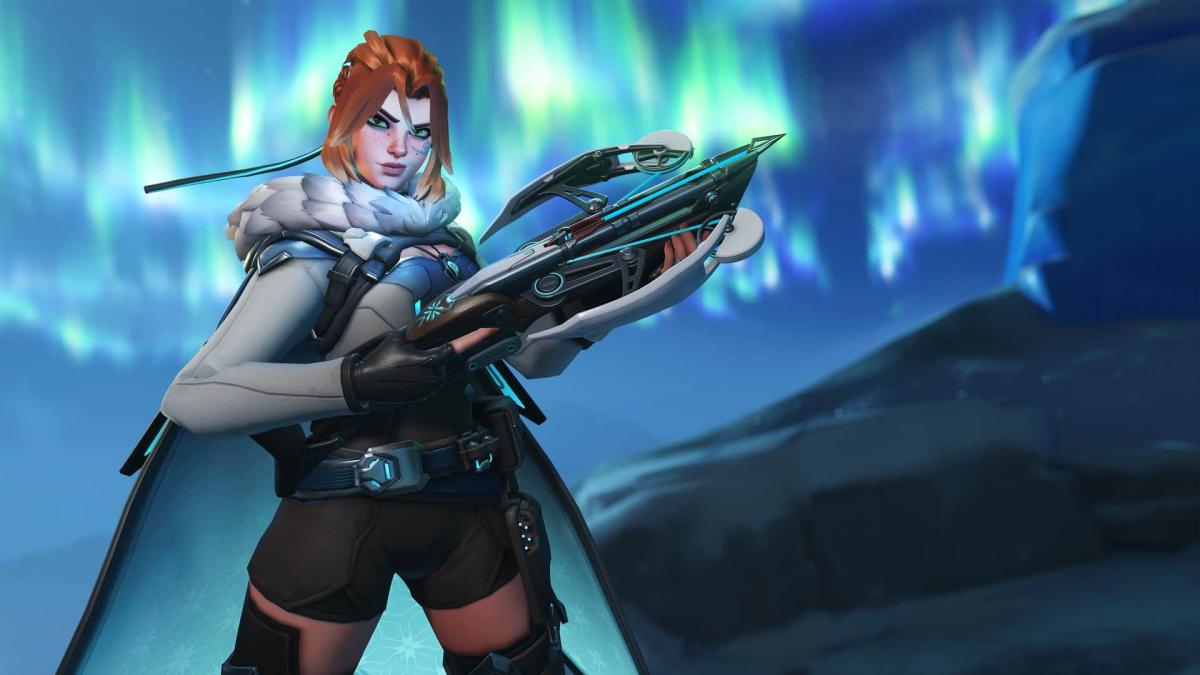
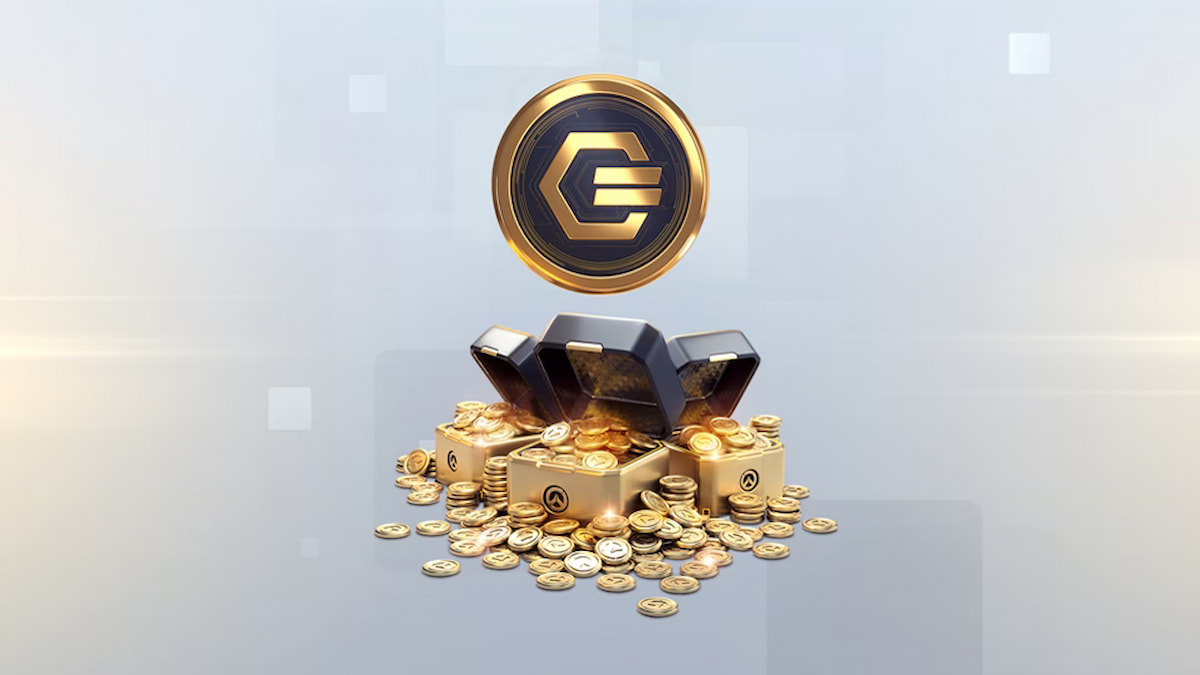

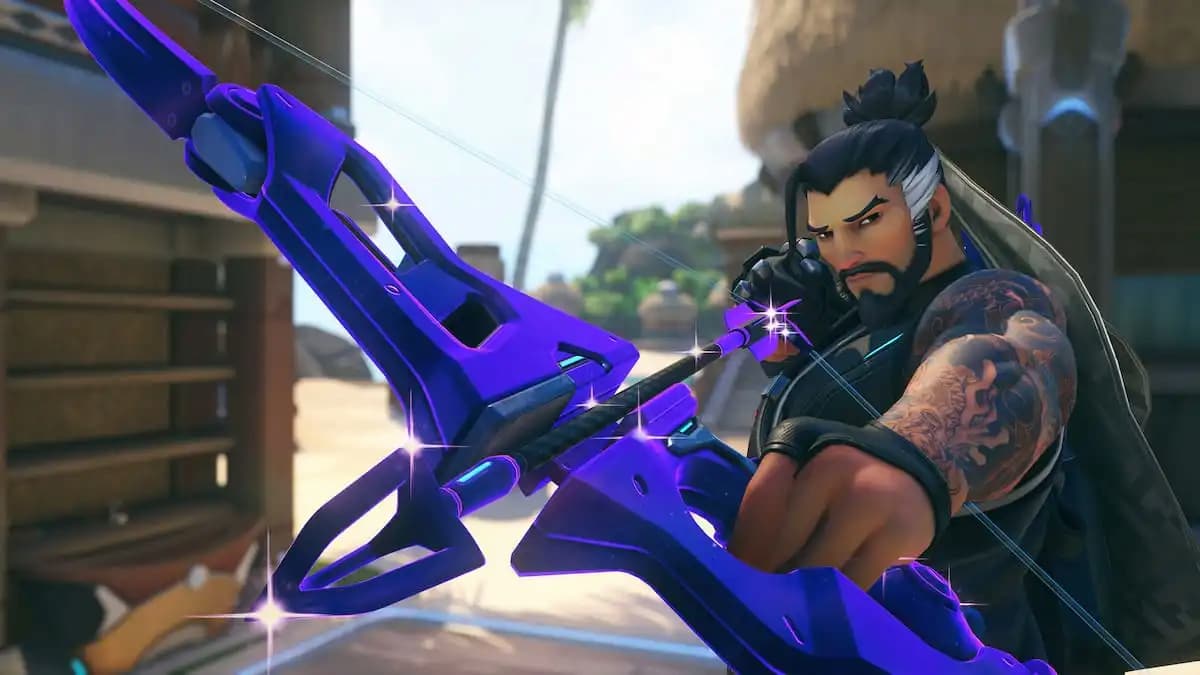

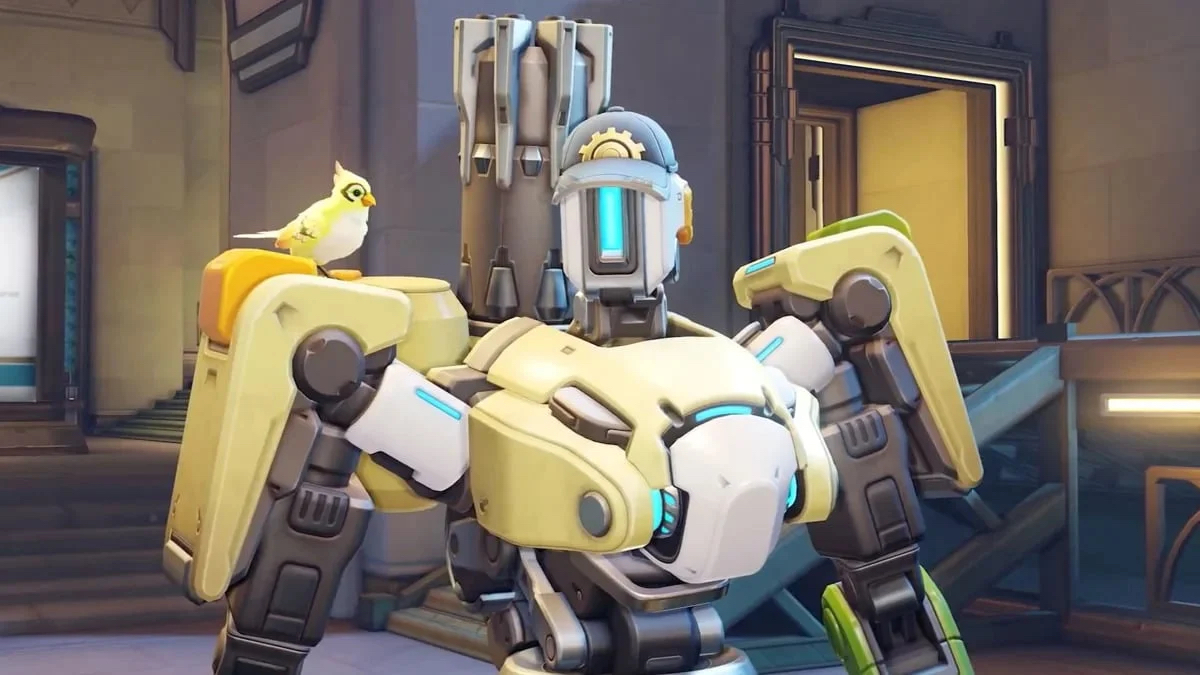
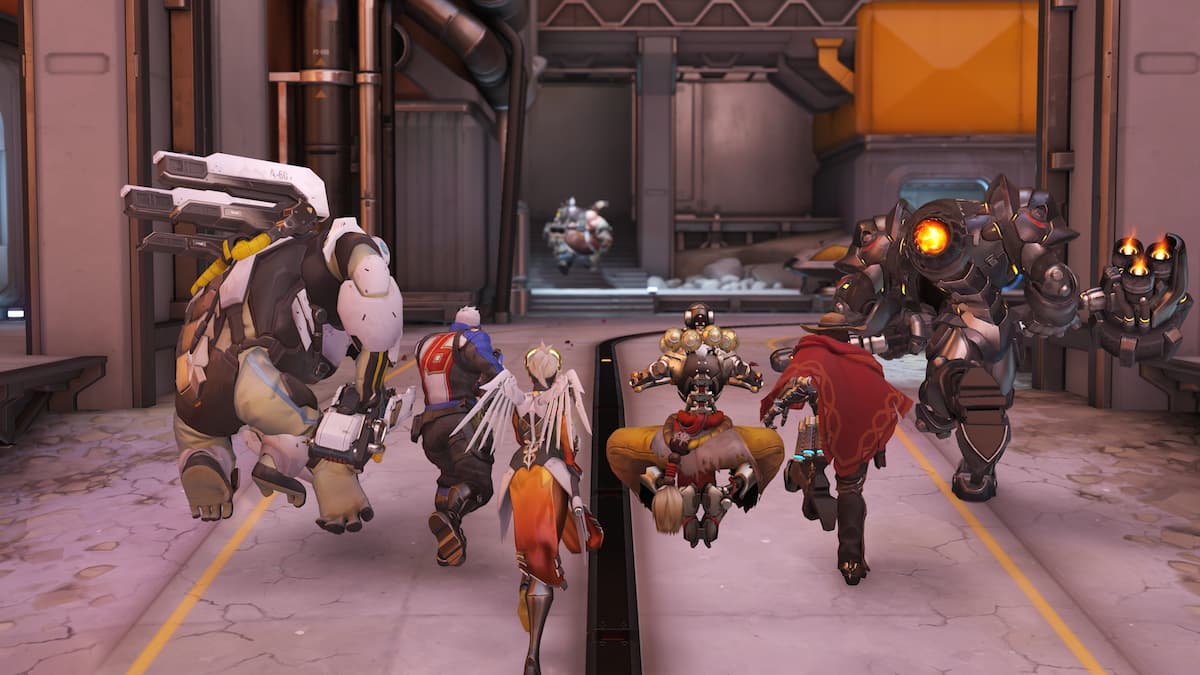
Published: Sep 29, 2022 08:00 am